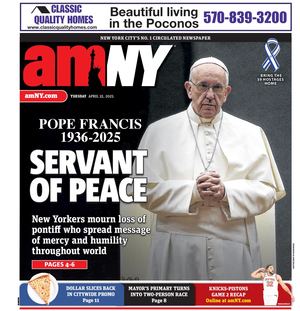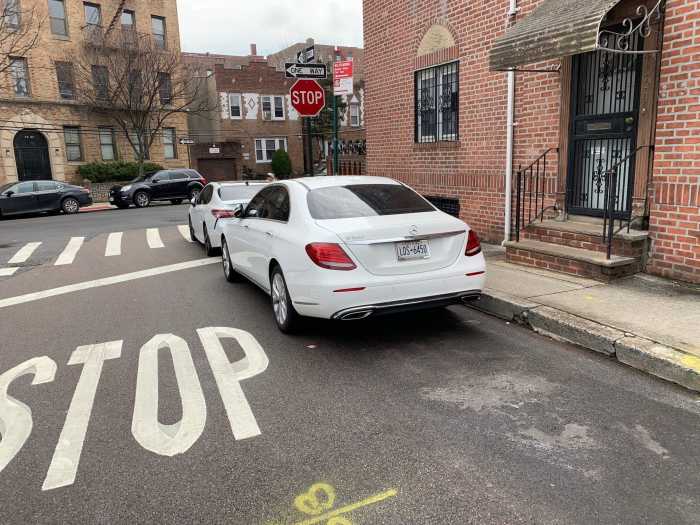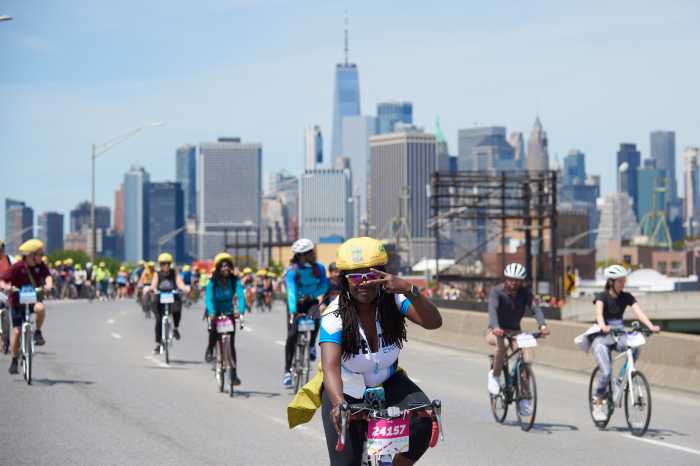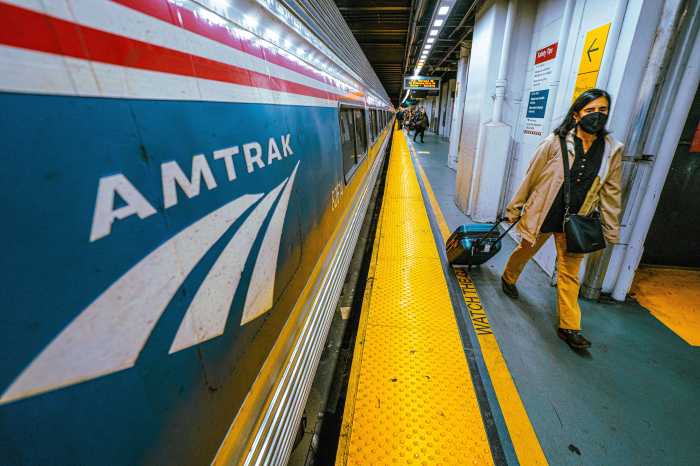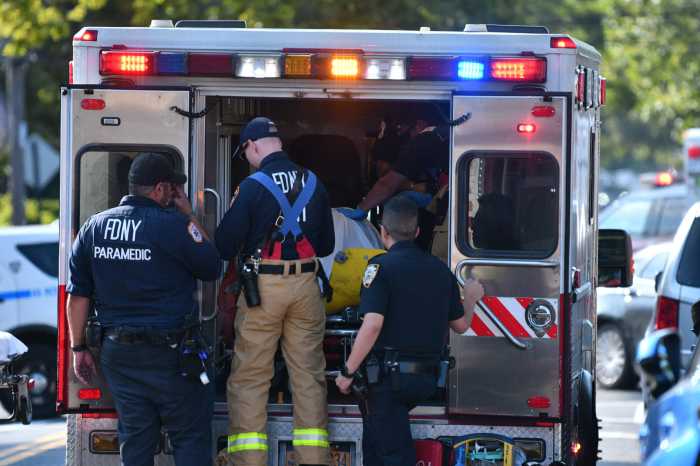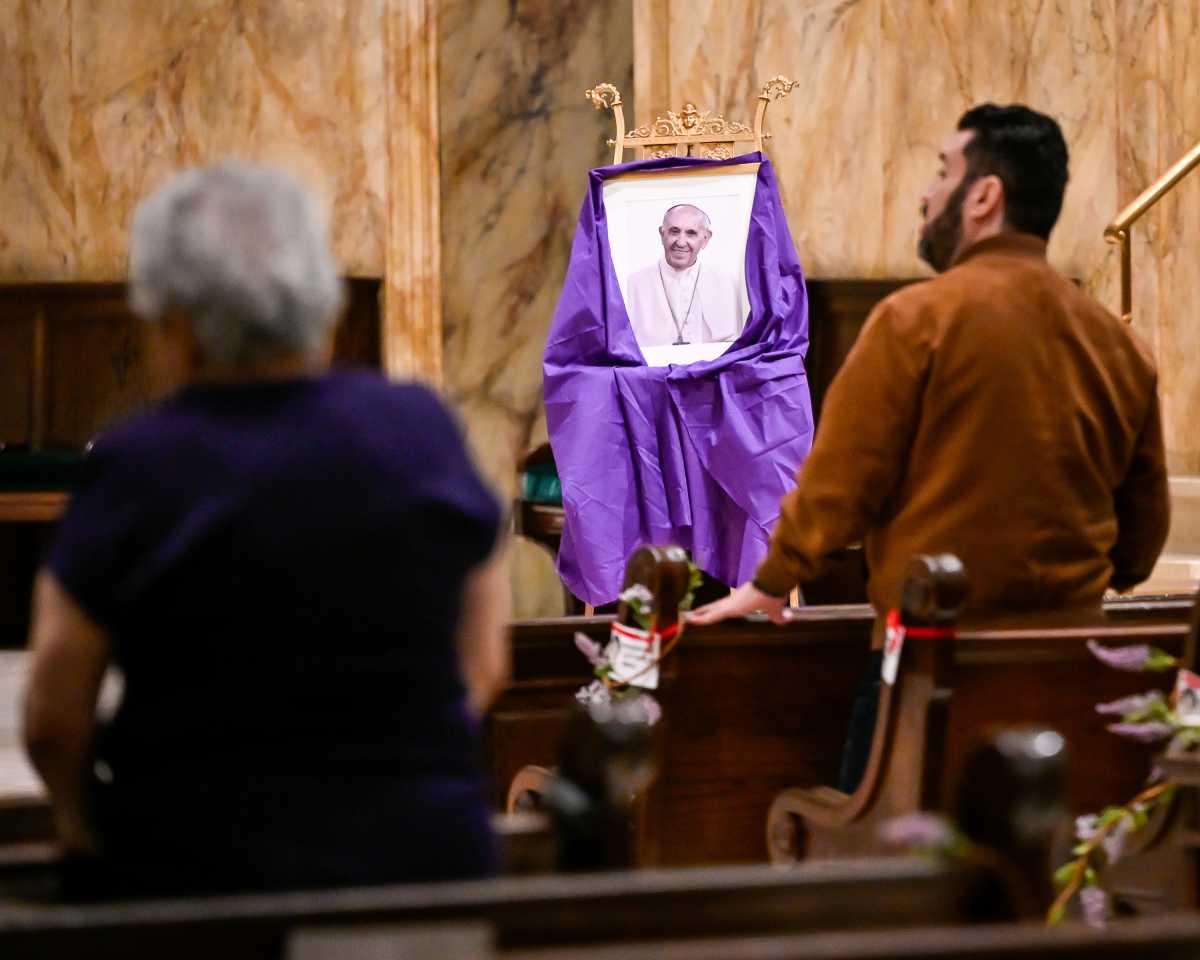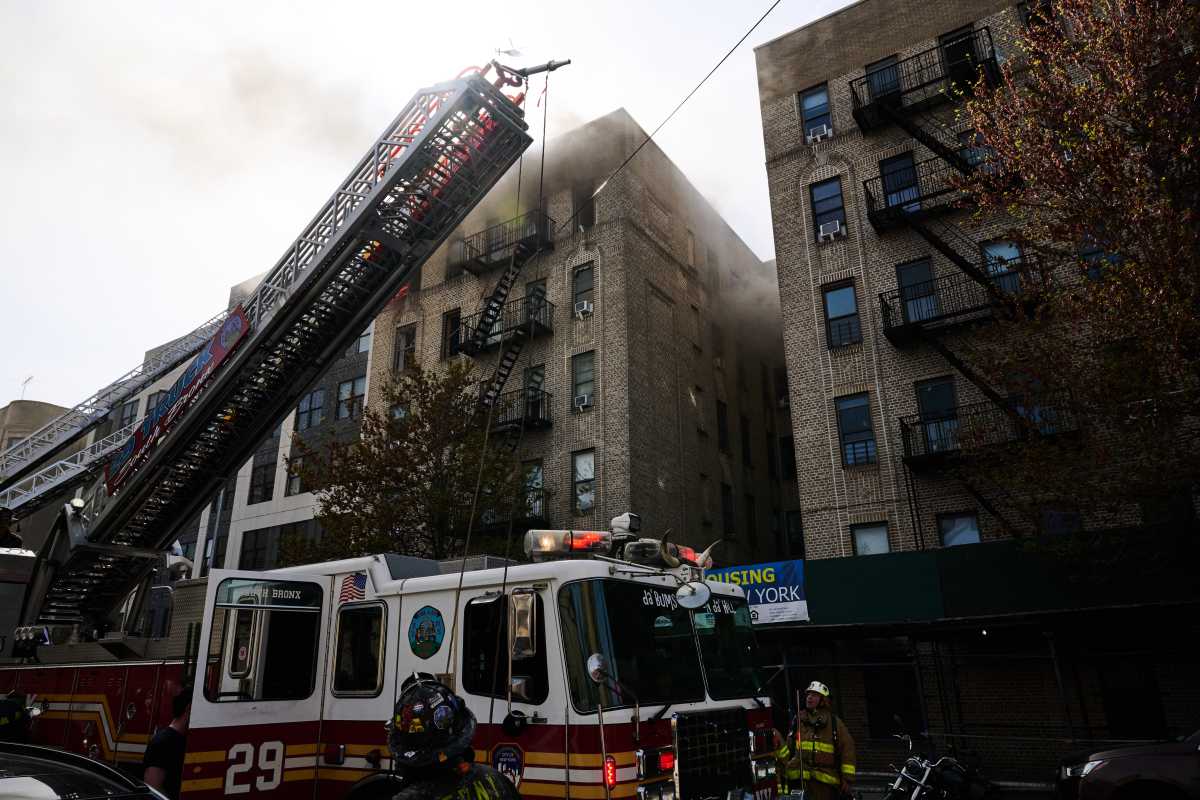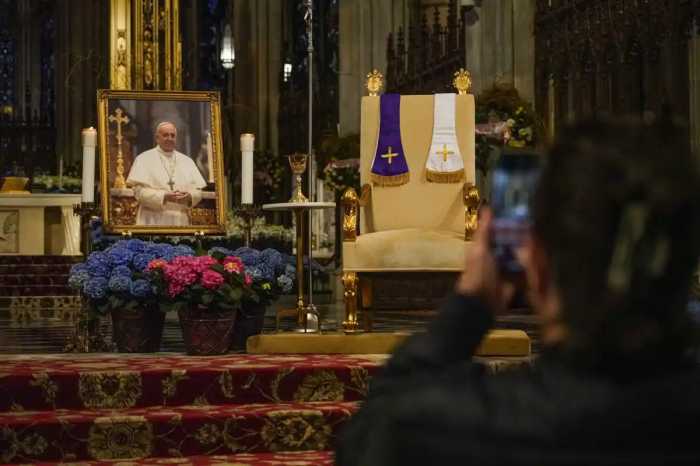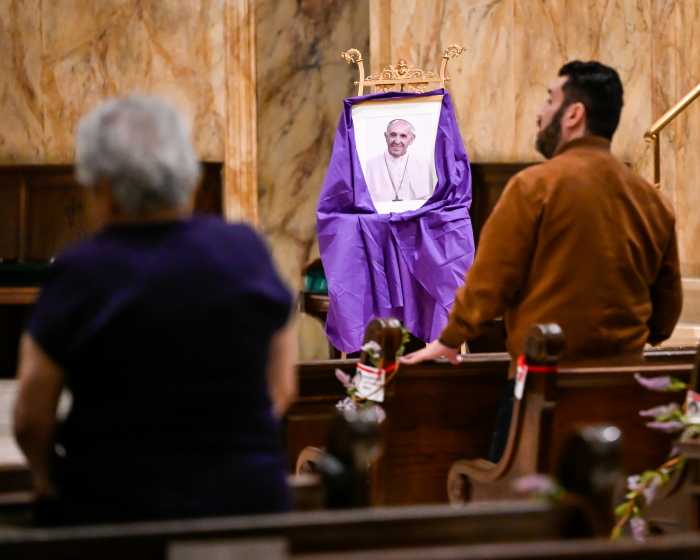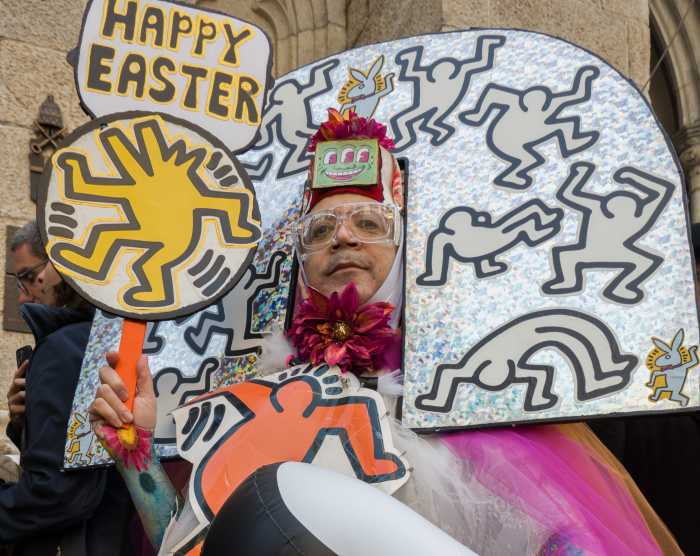
Tensions flared at a Bushwick vigil for fallen cyclist Devra Freelander when two cement trucks from the company involved in Freelander’s death passed by the event Wednesday morning.
The drivers for the concrete supplier, United Transit Mix, were apparently on their way back to their parking facility on Boerum Street, when they stopped at the corner of Bushwick Avenue to engage with emotional cyclists who had first shouted their way during the vigil.
"[Freelander] made a mistake. How were we supposed to see her?” said one of the two drivers, who did not give his name. “We can’t see everyone.”
A United cement truck driver struck and killed Freelander Monday afternoon at that intersection, right as Freelander pedaled off the curb and into the path of the truck, according to circulated security footage from incident.
The other driver stopped at the intersection, tearing up after stepping out of his truck, said “the whole company is hurt by this. We all have families.”
The back-and-forth infuriated some of those grieving the loss of Freelander, 28, who was remembered as both a talented and motivated sculptor, and a well of inspiration.
It also drew calls for the city to better regulate truck traffic, and raised questions whether such big vehicles with large blind spots are appropriate for dense city streets. London has for years worked to ban trucks with poor visibility.
“These small residential streets are dangerous for large trucks to be in. So no matter what, no matter how convenient it is for them; it is not safe for the public,” said local Councilman Antonio Reynoso, speaking on the importance of trucks adhering to city-designated truck routes at the vigil.
It was not immediately clear whether United is breaking the law by sending trucks onto Boerum Street, where the United truck driver was traveling when he struck Freelander.
Boerum Street is not a designated truck route. But United’s work facility is located on the block, and the city allows for large trucks to leave designated routes if they are in the act of making a local delivery or traveling to or from the place of origin, according to the DOT. Those truck drivers must travel with a “bill of lading,” or similar document, as proof.
A police investigation is ongoing, according to the NYPD.
Even as overall city traffic fatalities have trended down in recent years under de Blasio’s Vision Zero traffic safety program, cycling deaths in 2019 have significantly increased. Fifteen cyclists have died so far this year, up from 10 in 2018. Freelander was the third biker to die in a week.
Some have lost faith that the city’s police force could keep pedestrians and cyclists safe. After Freelander’s death, de Blasio announced that there would be the creation of a new cycling safety plan and an enforcement blitz lasting three weeks.
The blitz was mocked by those who felt it was merely an instruction for police to enforce laws they should already be focusing on — dangerous driving infractions like speeding, failure to yield and red-light-running.
“It’s sad to note that all we’re asking our NYPD to do is the basic minimum,” Reynoso said. “Are we saying that they weren’t enforcing the laws at [their] bare minimum before the 15 deaths? Are we saying it takes 15 people to die before we simply ask people to do their job?”
Friends and colleagues of Freelander created an elaborate makeshift vigil, with yarn and floral sculptures winding through the scaffolding on the block. They teared up, hugged and left flowers by the candles at the curb.
“Even in the short time I knew Devra, you could just feel the way she could change, send ripples in the world — just a vital person, a bright person,” said Audrey Dimola, an artist who works at Socrates Sculpture Park and knew Freelander through a sculpture she had installed in the park in 2017. “She just had so much drive and passion in creating work,” she said. “The legacy she left with people … she was dealing with the individual relationship to the environment, climate change and it was just beautiful.
“She was really working as a young living artist,” Dimola added, “and she had so much more work to do.”
